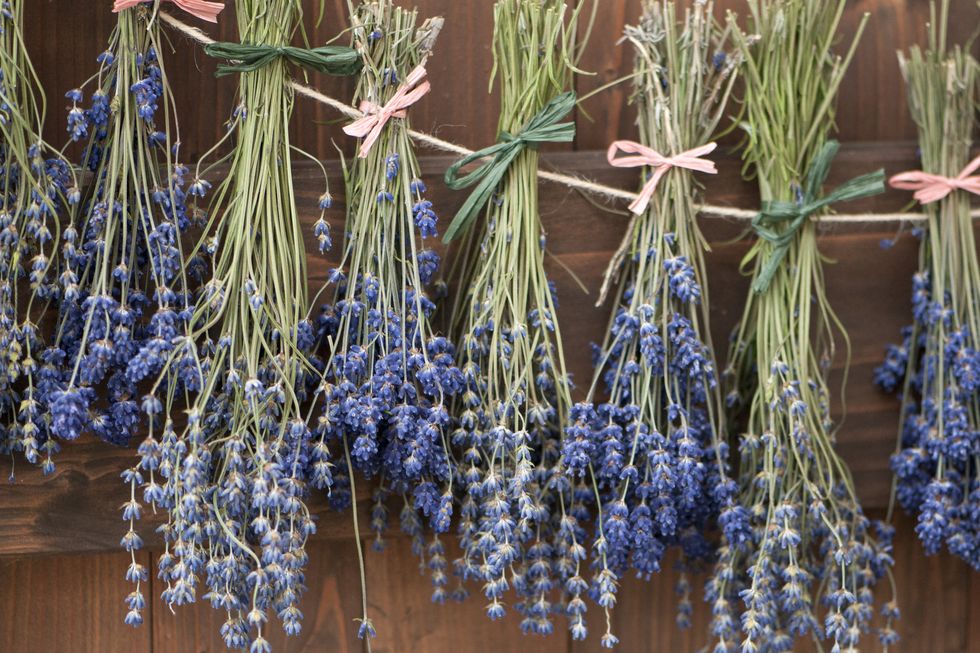There’s something totally charming about lavender. The vibrant purple flowers, the calming scent, and the DIY crafting and cooking potential. But you don’t have to have a huge amount of space to grow this fragrant herb. Sure, while many gardeners use it as a living border for their garden or a decorative shrub, you can also grow it in a pot — and it’s insanely simple. Here’s how:
Growing Lavender From Cuttings or Seeds
First, decide if you’re going to grow your lavender from seeds or cuttings. Both have their advantages. If you already have lavender plants, or know someone who does, growing from cuttings is a fast way to get lavender that looks just like the parent plant. Here’s a basic guide to planting lavender from cuttings.
If you don’t already have a lavender plant, you can feel good about planting lavender seeds, which is a great way to grow a whole lot of lavender inexpensively. Not long ago, seeds from the same packet would often yield plants of variable height and strength, but now, you can expect a consistent number of plants that look very similar. You can find lavender seeds through a reputable online retailer like Burpee.
In a warm location (about 70 degrees), start your seeds in a seed tray with a very light soil mix or fine vermiculite that drains quickly. The seeds will sprout in about two weeks, at which point you should place seedlings in full sunlight. Water your seedlings, but don’t let them stay damp as this can lead to mildew growth. When your lavender plants have leaves, you can plant them in their final pots.
Planting Lavender in the Right Pot
Before you transplant your lavender seedlings, or plant your lavender cuttings, make sure you have the right type of pot. Plant lavender in a container made from a material that breathes, such as terra cotta. Repot to a larger container every spring to allow the plant to reach its full blooming and growth potential.
Load your pot with a sterile potting mix, or try this one from V. J. Billings, owner of Mountain Valley Growers organic nursery: Mix approximately 60% peat moss with 40% perlite, with a couple of handfuls of homemade compost thrown in. If you don't add compost when you pot, you'll need to fertilize every three weeks or so with a diluted fish or seaweed emulsion.
Once your lavender is settled into its final location, it will likely grow slowly in the first year, but most plants will still bloom. Year two and beyond, expect greater growth and bigger blooms.
How to Dry Lavender
Many uses for lavender call for the dried version of the herb. Here are the simple steps you need to follow to dry your own lavender.
- Harvest stems when you see the first couple of blossoms have opened.
- Avoid mildew by harvesting on a dry, sunny day after the dew has dried but before the sun is blazing.
- Cut each stem back to the first set of leaves.
- Make a bundle of about 50 stems and secure it with a rubber band.
- Hang them upside down in a dry, cool, place out of direct sun. They'll be ready to use in about a month.















